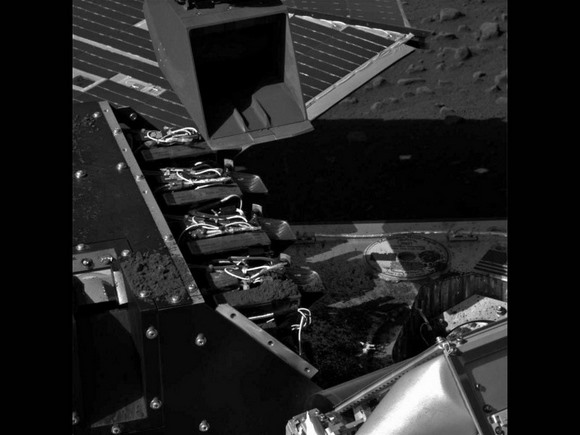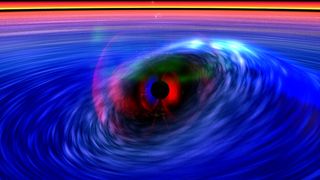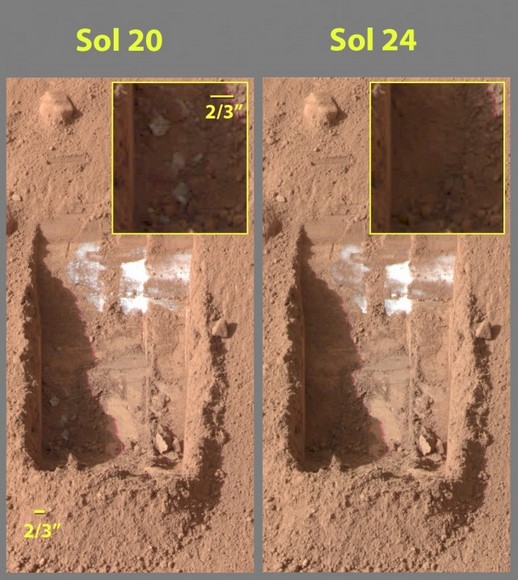What do black holes, magnetars and supernovae have in common? They all emit X-rays. But it’s difficult, if not impossible to study certain aspects of the X-ray emissions from these powerful objects. And there’s much we don’t understand about how black holes distort space-time around them, or how magnetars affect their surroundings, or how cosmic rays are accelerated by shocks in supernova remnants. A proposed new NASA mission called Gravity and Extreme Magnetism (GEMS), will use a new technique to study what has been unattainable until now. GEMS won’t study the X-ray emission of these objects directly, but will build up a picture indirectly by measuring the polarization of X-rays emitted from these violent regions.
No current mission has resolution to do this, or in the case of magnetic field imaging, simply can’t do this because magnetic fields are invisible.
X-rays are very powerful, and like all light, X-rays have a vibrating electric field. When light travels freely through space, it can vibrate in any direction. However, under certain conditions, it becomes polarized, meaning it is forced to vibrate in only one direction. This happens when light scatters off of a surface, for example.
In a similar manner, we use polarized glasses to reduce road glare. The glare is simply light that has become polarized by scattering off the road. The glasses are made to block polarized light, so they eliminate the glare.
“GEMS will be the first mission designed just to measure the polarization of these X-rays, which will enable us to explore these exotic places in an unprecedented way,” said GEMS Principal Investigator Dr. Jean Swank of NASA’s Goddard Space Flight Center in Greenbelt, Md.
GEMS was proposed as part of NASA’s Explorer program, and was selected as one of six missions for a detailed concept study. NASA will select two of the six for development in the spring of 2009. One selected mission is scheduled to launch in 2012, and the other is planned for launch in 2015.
“GEMS will be able to tell the shapes of the X-ray-emitting matter trapped near black holes better than existing missions can — in particular, whether matter around a black hole is confined to a flat disk or puffed into a sphere or squirting out in a jet,” said Swank.
“Since X-rays are polarized by the space swirling around a spinning black hole, GEMS also provides a method of determining black hole spin independent of other techniques, which is needed to check their accuracy,” said Swank.
The heart of GEMS will be a small chamber filled with gas. As X-rays travel through the gas, they release a cloud of electrons along their path. Since the electrons tend to move in the same direction as the electric field produced by the X-ray, the instrument will measure the electron cloud to get the direction of the X-ray’s electric field, which is the same as its polarization.
Original News Source: PhysOrg

















